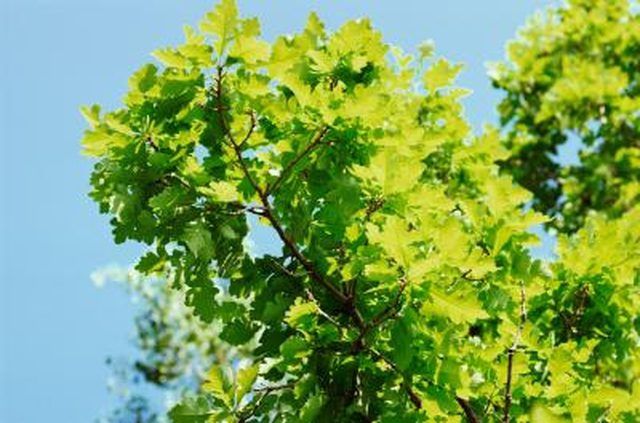Bulbs
Flower Basics
Flower Beds & Specialty Gardens
Flower Garden
Garden Furniture
Garden Gnomes
Garden Seeds
Garden Sheds
Garden Statues
Garden Tools & Supplies
Gardening Basics
Green & Organic
Groundcovers & Vines
Growing Annuals
Growing Basil
Growing Beans
Growing Berries
Growing Blueberries
Growing Cactus
Growing Corn
Growing Cotton
Growing Edibles
Growing Flowers
Growing Garlic
Growing Grapes
Growing Grass
Growing Herbs
Growing Jasmine
Growing Mint
Growing Mushrooms
Orchids
Growing Peanuts
Growing Perennials
Growing Plants
Growing Rosemary
Growing Roses
Growing Strawberries
Growing Sunflowers
Growing Thyme
Growing Tomatoes
Growing Tulips
Growing Vegetables
Herb Basics
Herb Garden
Indoor Growing
Landscaping Basics
Landscaping Patios
Landscaping Plants
Landscaping Shrubs
Landscaping Trees
Landscaping Walks & Pathways
Lawn Basics
Lawn Maintenance
Lawn Mowers
Lawn Ornaments
Lawn Planting
Lawn Tools
Outdoor Growing
Overall Landscape Planning
Pests, Weeds & Problems
Plant Basics
Rock Garden
Rose Garden
Shrubs
Soil
Specialty Gardens
Trees
Vegetable Garden
Yard Maintenance
Information on Shumard Oak Trees
Information on Shumard Oak Trees. Shumard oak (Quercus shumardii) is a large red oak tree that grows mostly in the southeastern U.S., from Virginia to Illinois and Kansas and south to Texas and central Florida. Some trees grow as far north as Pennsylvania, Ohio and Michigan.

Shumard oak (Quercus shumardii) is a large red oak tree that grows mostly in the southeastern U.S., from Virginia to Illinois and Kansas and south to Texas and central Florida. Some trees grow as far north as Pennsylvania, Ohio and Michigan.
Description
Shumard oak trees average about 75 feet tall, although they are shorter in cooler climates and can grow to more than 100 feet. The leaves are typically 6 to 8 inches long, with seven, nine or 11 bristle-tipped lobes. The trees are deciduous, with fall leaf colors that range from hues of red and yellow on brown leaves to russet to orange-red.
Growing Conditions
Shumard oak trees grow in rich, moist woods, especially near creeks or swamp. The tree grows in acidic, neutral or alkaline soils. Seedlings require full sun to develop, but established saplings and trees can tolerate partial shade. Established trees can tolerate drought but may lose leaves.
Uses
Shumard oaks make good shade trees and are often planted as street trees. Lumber from the Shumard oak is hard, heavy and close-grained and used for veneer, flooring and furniture.